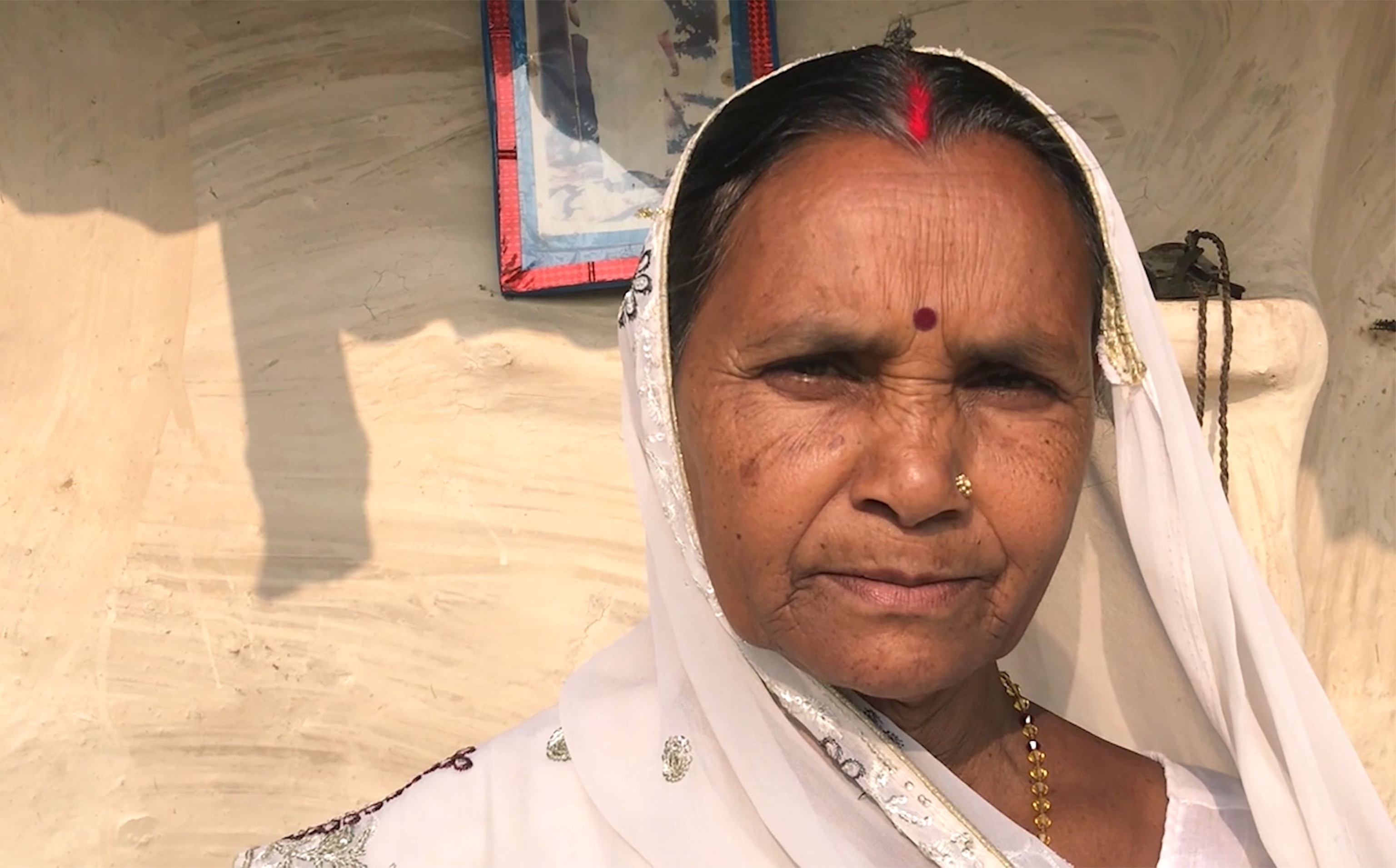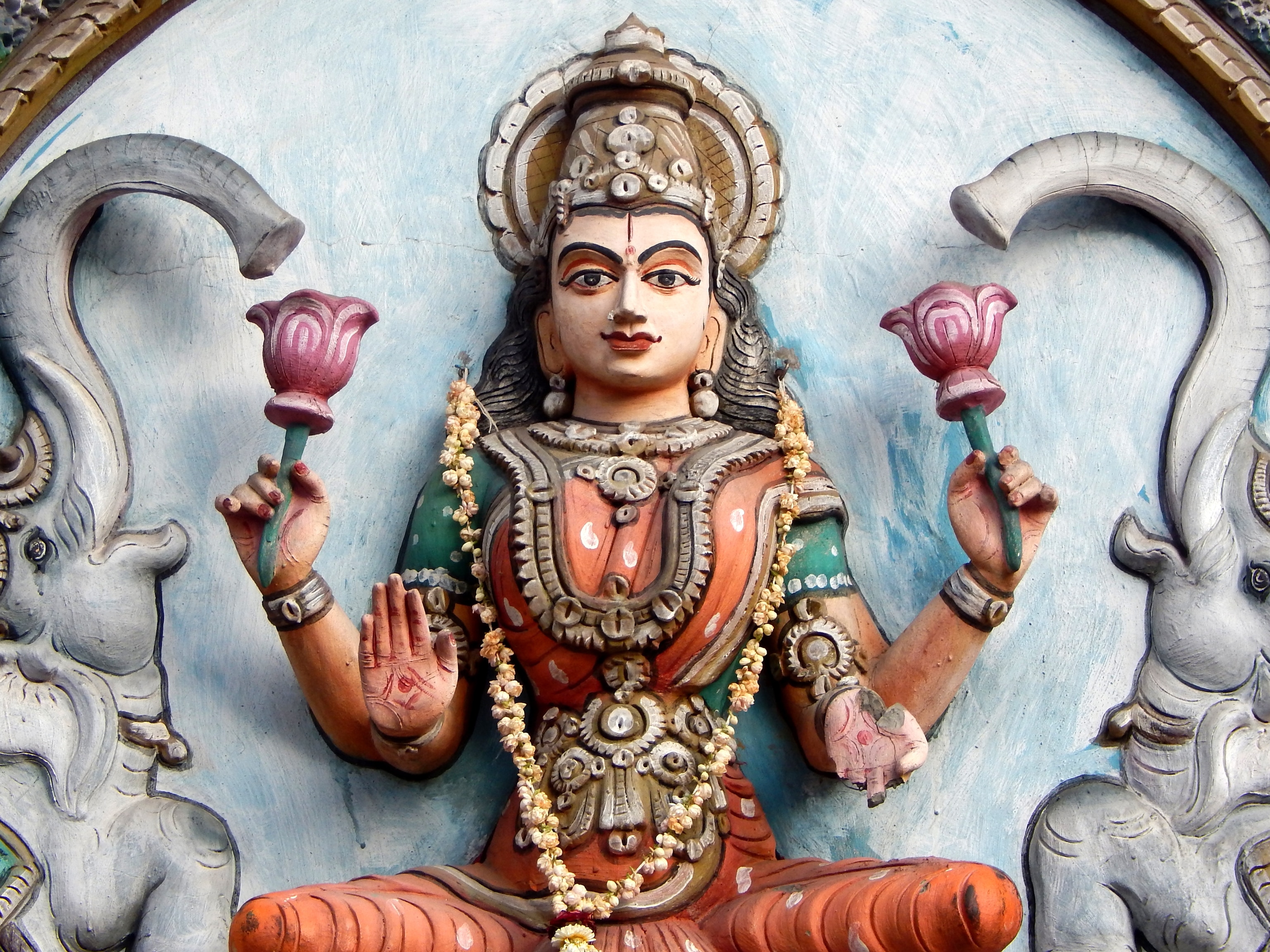
This world-walker finds hospitality and devotion in India
On the plains of the Ganges River, where Hindu pilgrims have roamed for millennia, you never walk alone, says storyteller Paul Salopek.
We totter at sunset into Soukhara.
A villager cocks his chin at the dimming road. “Keep going,” he says. So does a neighbor. The local people insist there is no shelter here for walkers. This is odd.
After covering one thousand miles of rural India on foot, I have come to rely on a convention of place: Hospitality is assured in the country because one never walks alone.
Among the villages of the Ganges River plains, in the country’s vast, impoverished, and conservative northern “cow belt,” even the smallest road is plied by wanderers—by rich and poor, by solo mendicants and crowds who dance behind trucks that broadcast devotional songs. These are the Hindu pilgrims. They travel to countless shrines on an inexhaustible calendar of religious festivals. Such old-fashioned spiritual traffic is becoming less evident in modern India. But the courtesies extended to God-thirsty pedestrians still endure: roadside benches on which to rest, access to hand pumps for drinking water, even a few crumbling but mostly free guesthouses, called dharamshalas, in which to sleep. India is a walker’s dream. (Follow Paul Salopek as he treks through northern India where bandits ruled.)
“Pedal yatra,” I tell the farmers: I am just another delirious pilgrim.
“Pedal yatra,” I tell the farmers: I am just another delirious pilgrim. They nod and fit me easily into their universe. Doors swing open. I am welcomed. But not in the hamlet of Soukhara. A Maoist insurgency once bloodied the surrounding region. Perhaps this is why the village turns its back on us. Until Manaki Devi takes us in hand.
There are two of us: the young journalist Bhavita Bhatia and me.
“I have no comforts to offer you,” Manaki warns us. She is an old woman met in passing. She leads us from the village into the dark, up a rocky path to her hilltop home. “Come, come. Kindness pleases God."
Manaki is a sadhvi, a Hindu holy woman.
How old is the tradition of gurus in India? It is very old. It began perhaps as far back as the Iron Age—as many as 3,000 years ago. Most were ascetics who roamed the countryside explaining the Upanishads, philosophical texts that form the basis of Hindu thought. They preached compassion and selflessness. They meditated. Very few were women. Even today the majority of Hindu sages are men. Their taxonomy has grown complex. They range from a billionaire yogi whose bearded face is used to sell household products on billboards across India to thousands of corner Khareshwaris, or “standing saints,” who mortify their earthly desire by never sitting down. (Learn why not everyone is happy that one of India's holiest cities is being reborn.)
Perhaps the most famous female exception to this overwhelmingly masculine calling is a sadhvi named Mata Amritanandamayi Devi, the so-called “hugging saint.” Amritanandamayi Devi shares her spiritual energy with followers by cuddling. She claims to have hugged about 37 million people so far, including lepers and the celebrity Sting. She operates a hundred-acre ashram in the southwestern state of Kerala that offers a private university, a hospital, and a restaurant with a cappuccino machine.
The hermitage of our rescuer Manaki Devi is more modest.

She hand-built her refuge from worldly distractions by hauling small boulders, stones, and scavenged bricks to the top of the hill.
“Men just grow a beard and sit around and pray,” she says dismissively. “We women have the real strength!”
She tells her story. Age: about 60. Married at 10. A mother of four children. A husband who came and went. The usual provincial woman’s lot of wake-to-sleep domestic toil. And then—the voice of God.
“He kept telling me go, go—go cleanse yourself,” she says of the stubborn visitations by Lord Krishna in her dreams. “I told him back: ‘But I don’t want to go live in the jungle!’"
One day she did. She abandoned her family in the town of Sasaram. For three years she roamed India with a clack bowl. She stopped at the remote hill outside Soukhara. She meditated on its summit, under the open sky, for three years before deciding to build her home there. She has been sitting and praying at the site for about a decade. Her drinking water comes from a nearby pond. She lives on donated food and a small vegetable garden. The nearby villagers are like monkeys, she says, maternally: blinded by busywork, covetous, and suspicious. But they are improving. “Thieving, looting, and murders have stopped.” She preaches to them at every sunrise using a battery-powered megaphone.
“God has sent me these two travelers,” Manaki announces through a plastic loudspeaker at dawn. “They came here on foot. I am ordered by God to serve them. Learn from them! Even you who drive cars, learn something!”
She admonishes the world to have clean thoughts. To use clean words. (Consider whether a woman could walk around the world today.)
For breakfast we sip ceramic cups of watery tea. We swing our rucksacks onto our shoulders. We thank Manaki. I watch my walking partner Bhatia bow and ask for a blessing. Earlier in the night, between mosquito bites, I awoke from a dream: I was dancing with a woman in a burning village. Except it wasn’t a dance at all. I was restraining the woman from flinging herself into the flames, where her dead lay. A war dream. Walking, I knew, always takes such feelings away. I waited for first light. Not sitting down for years is no sacrifice.
“You’ve been given a human life,” Manaki says over Bhatia’s bowed head. “It’s very lucky and rare. Do your best with it.”
We walk on. I glance back. The old woman waves from the hilltop where she is waiting happily to die and never be reborn.
Paul Salopek won two Pulitzer Prizes for his journalism while a foreign correspondent with the Chicago Tribune. Follow him on Twitter @paulsalopek.








